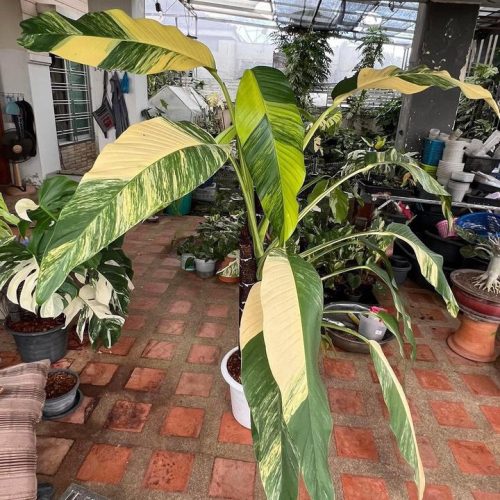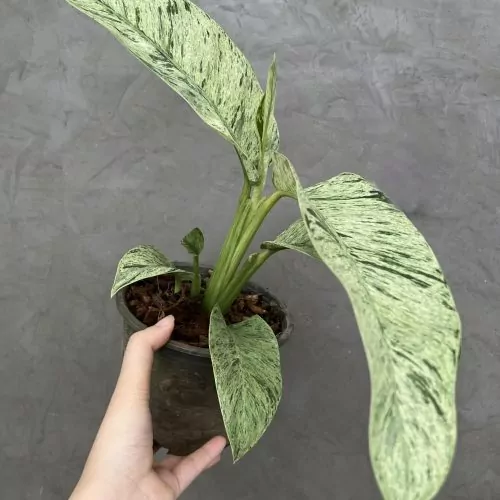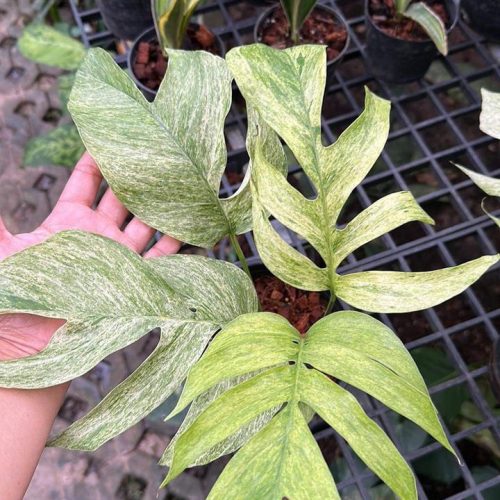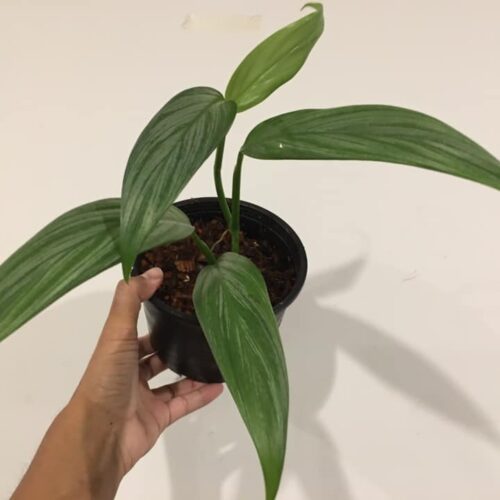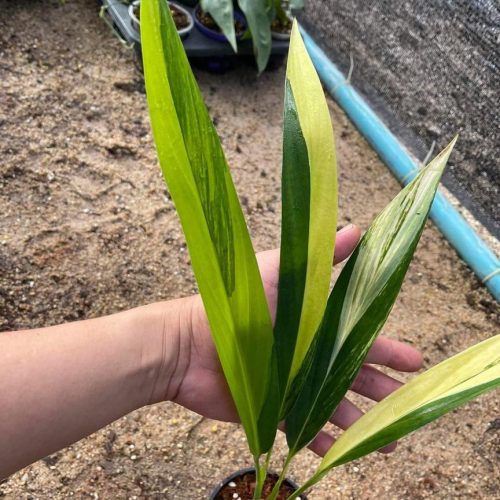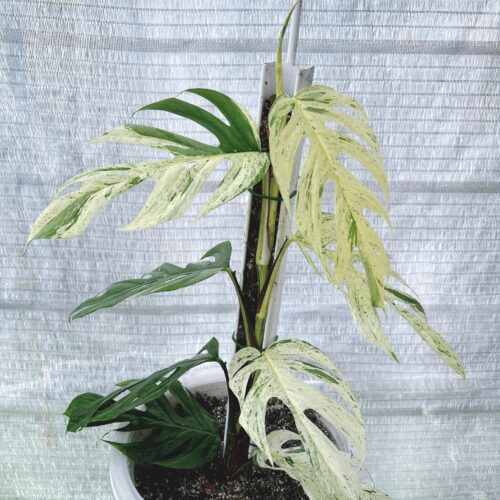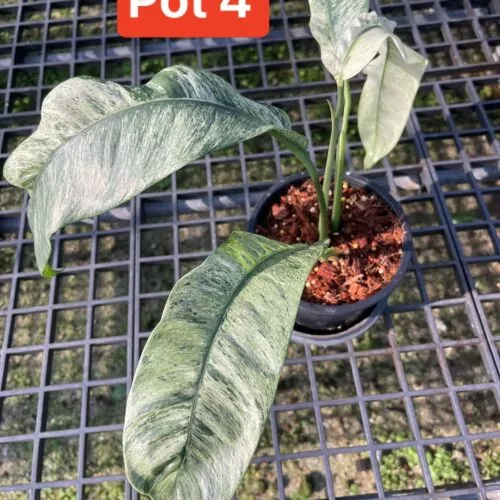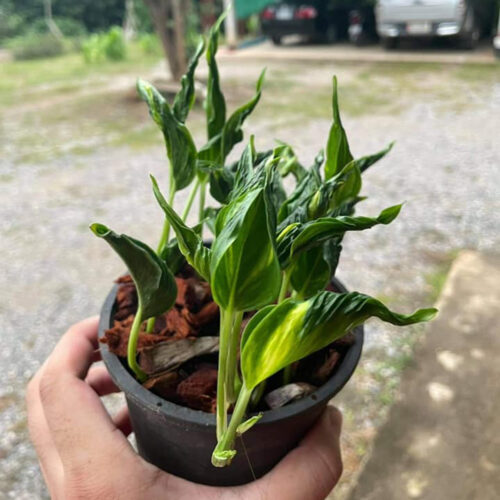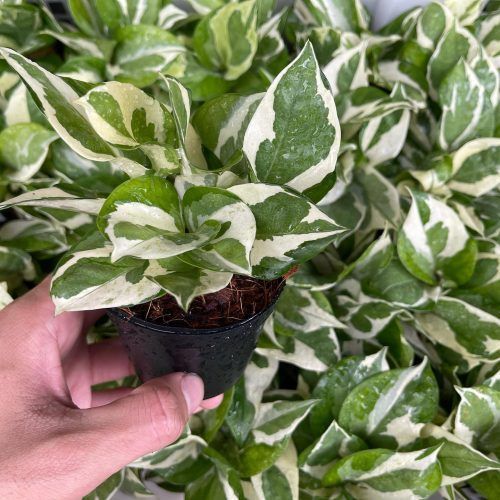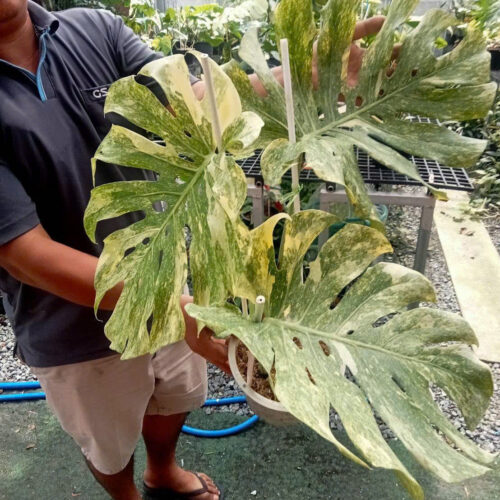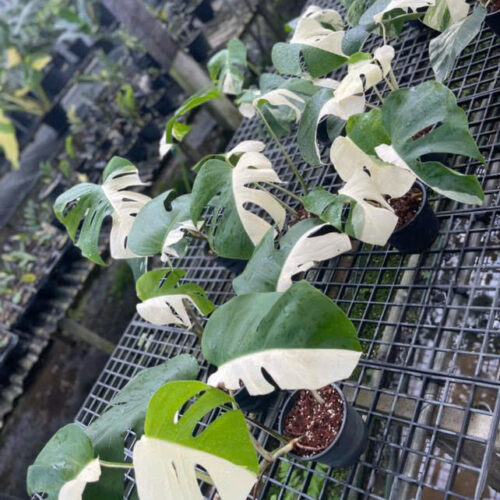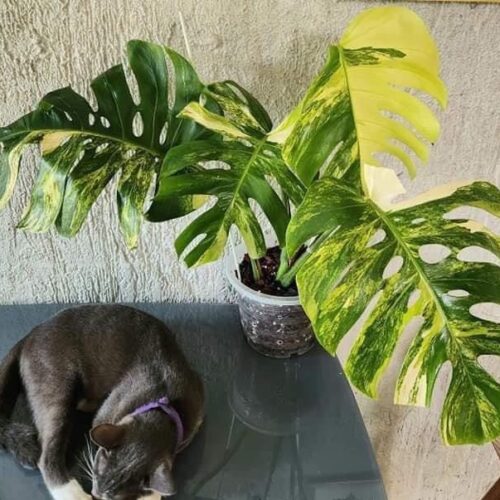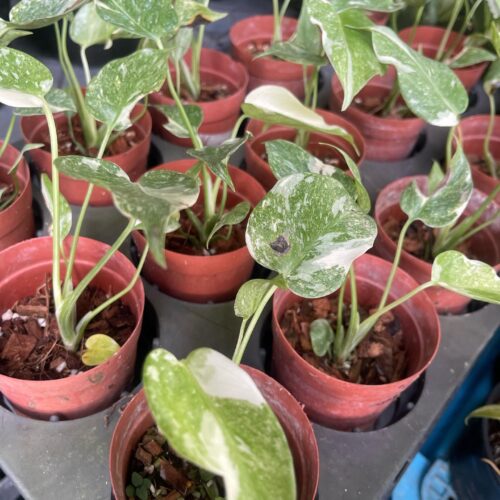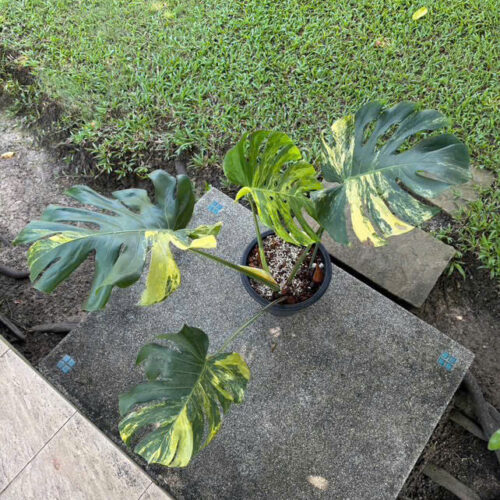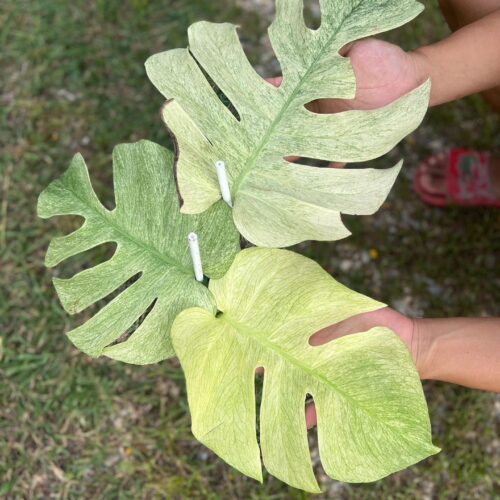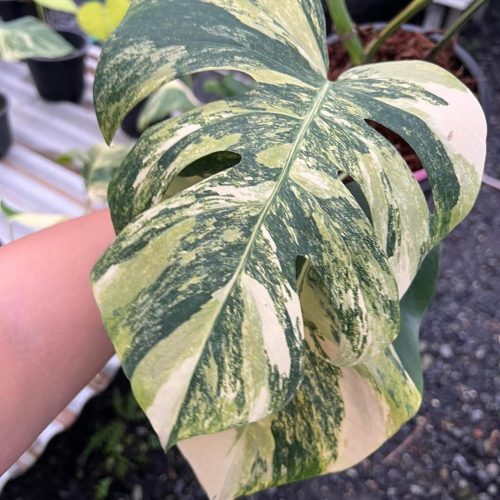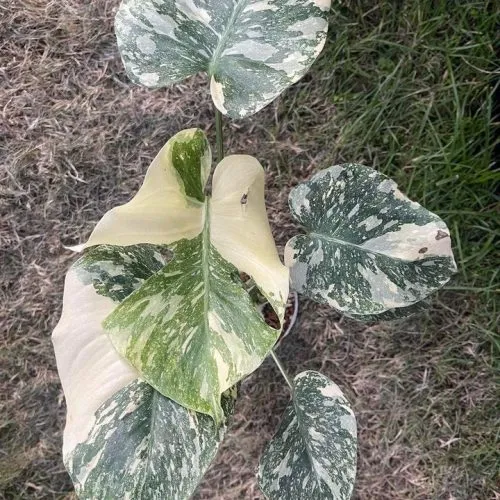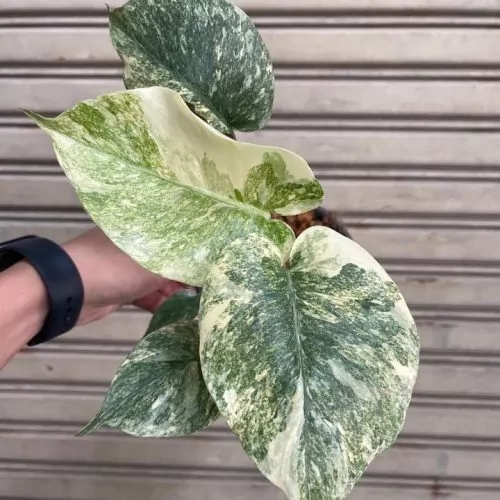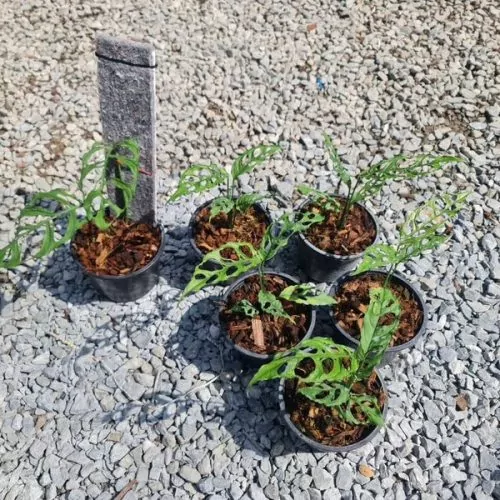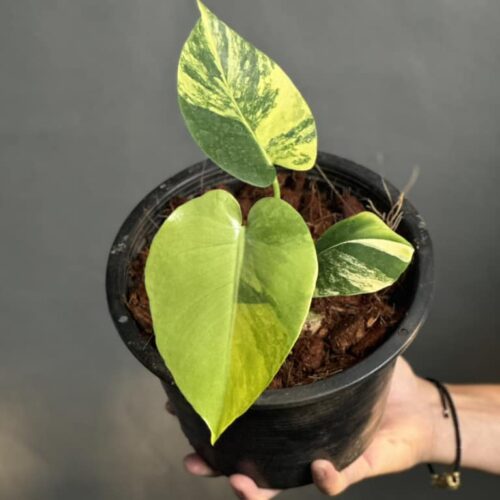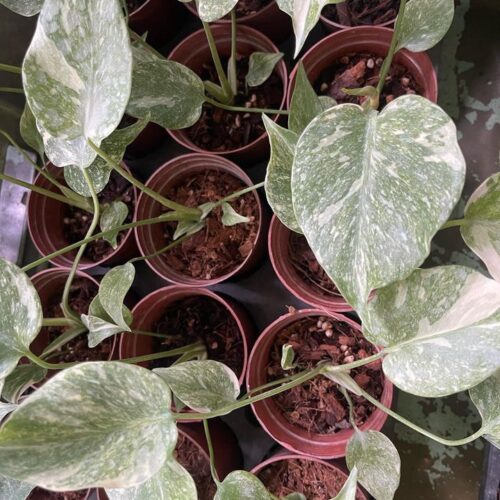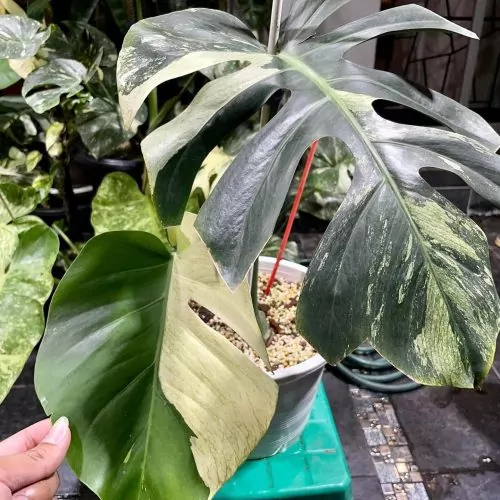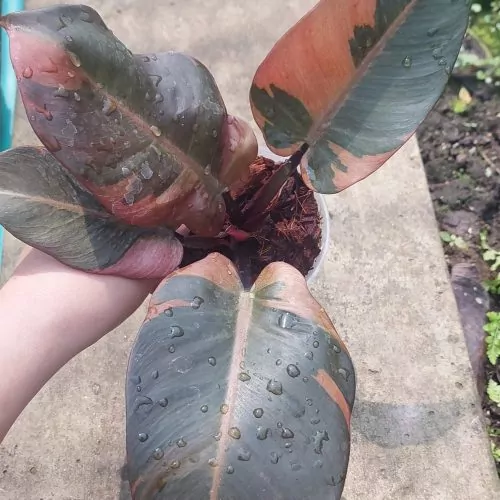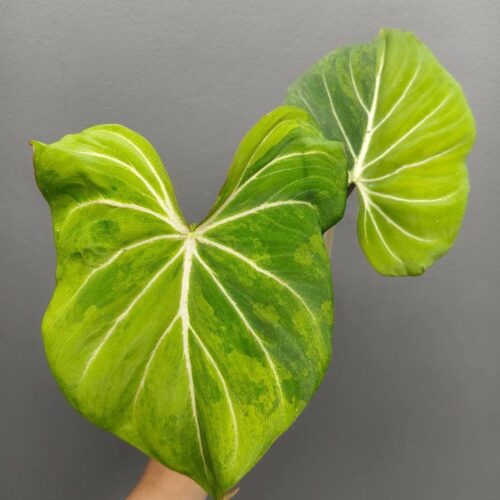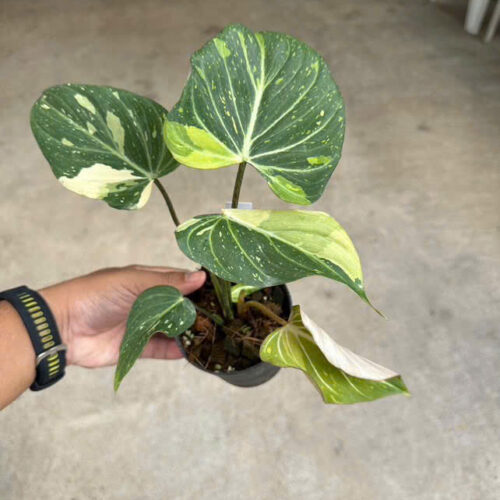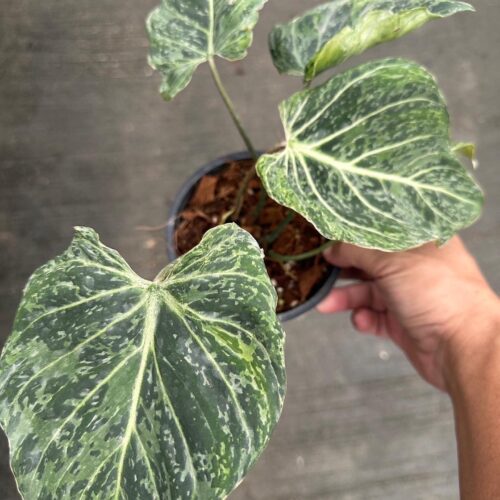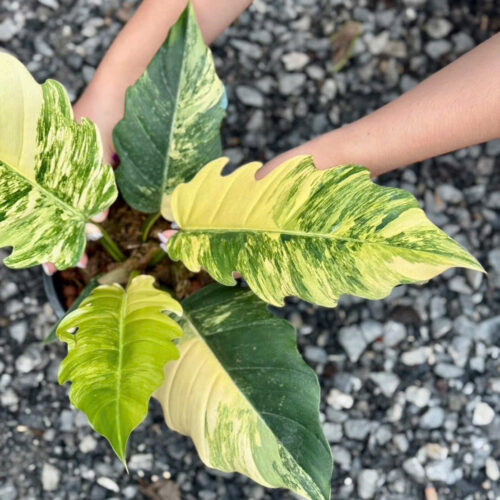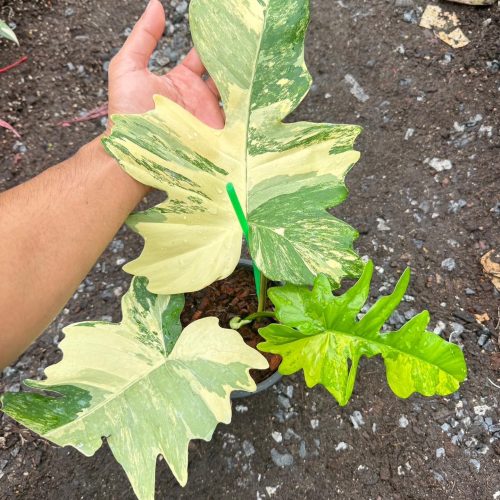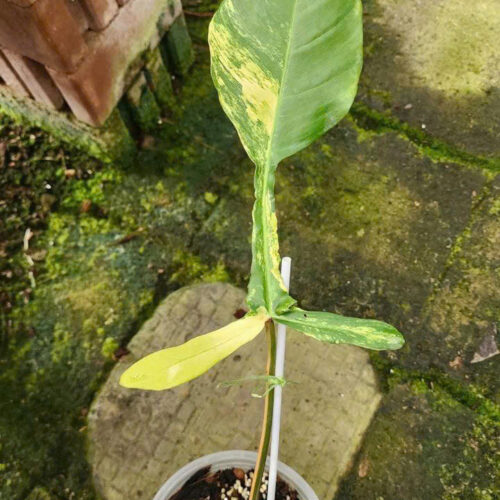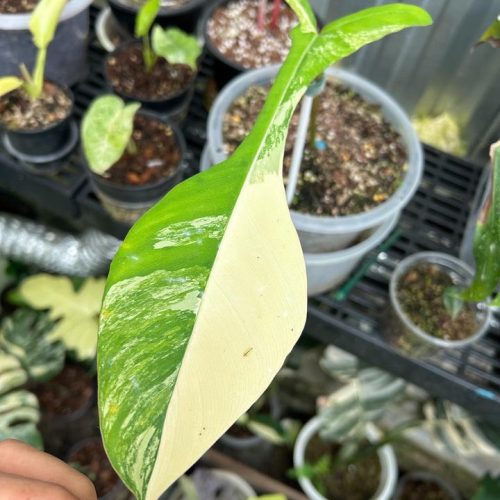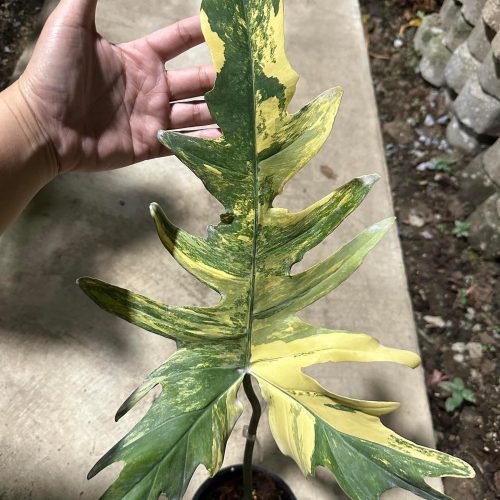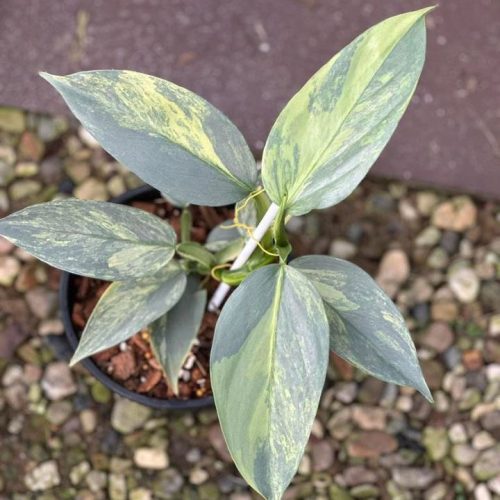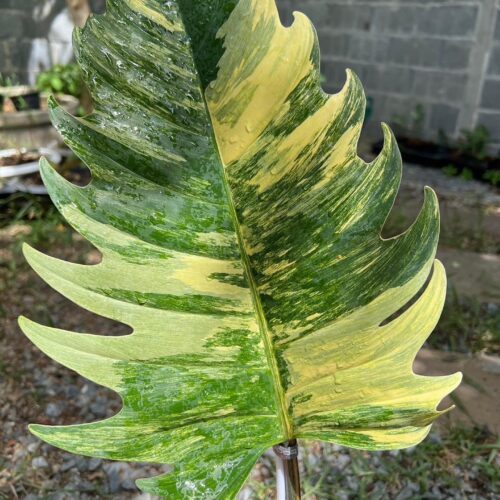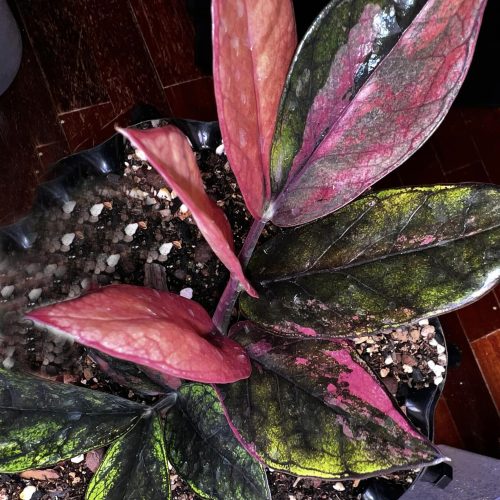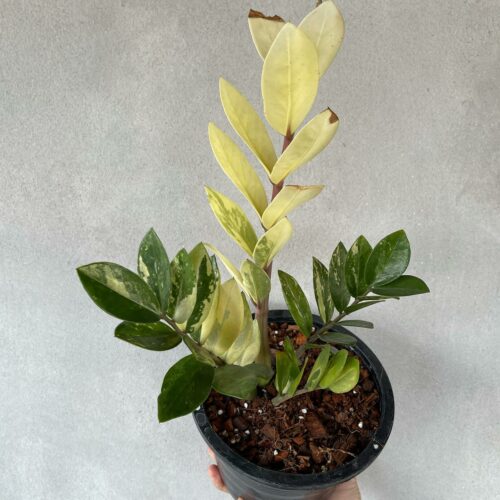In today’s modern world, we spend a significant portion of our time indoors, whether at home, work, or school. As a result, it’s essential to ensure the air we breathe indoors is clean and healthy. While opening windows and using air purifiers can help, certain houseplants have also been found to improve indoor air quality by removing harmful pollutants and toxins.
Snake Plant (Sansevieria trifasciata)
Overview
The snake plant, also known as mother-in-law’s tongue or Sansevieria trifasciata, is an extremely popular houseplant known for its air-purifying capabilities. This hardy succulent is native to tropical West Africa and features long, pointed leaves with banding patterns resembling a snake’s skin. Snake plants are easy to care for, tolerant of neglect, and able to thrive in low-light conditions – making them perfect for beginners or people who tend to forget to water their plants. Studies have shown they are excellent at removing benzene, formaldehyde, trichloroethylene, xylene and toluene from indoor air.
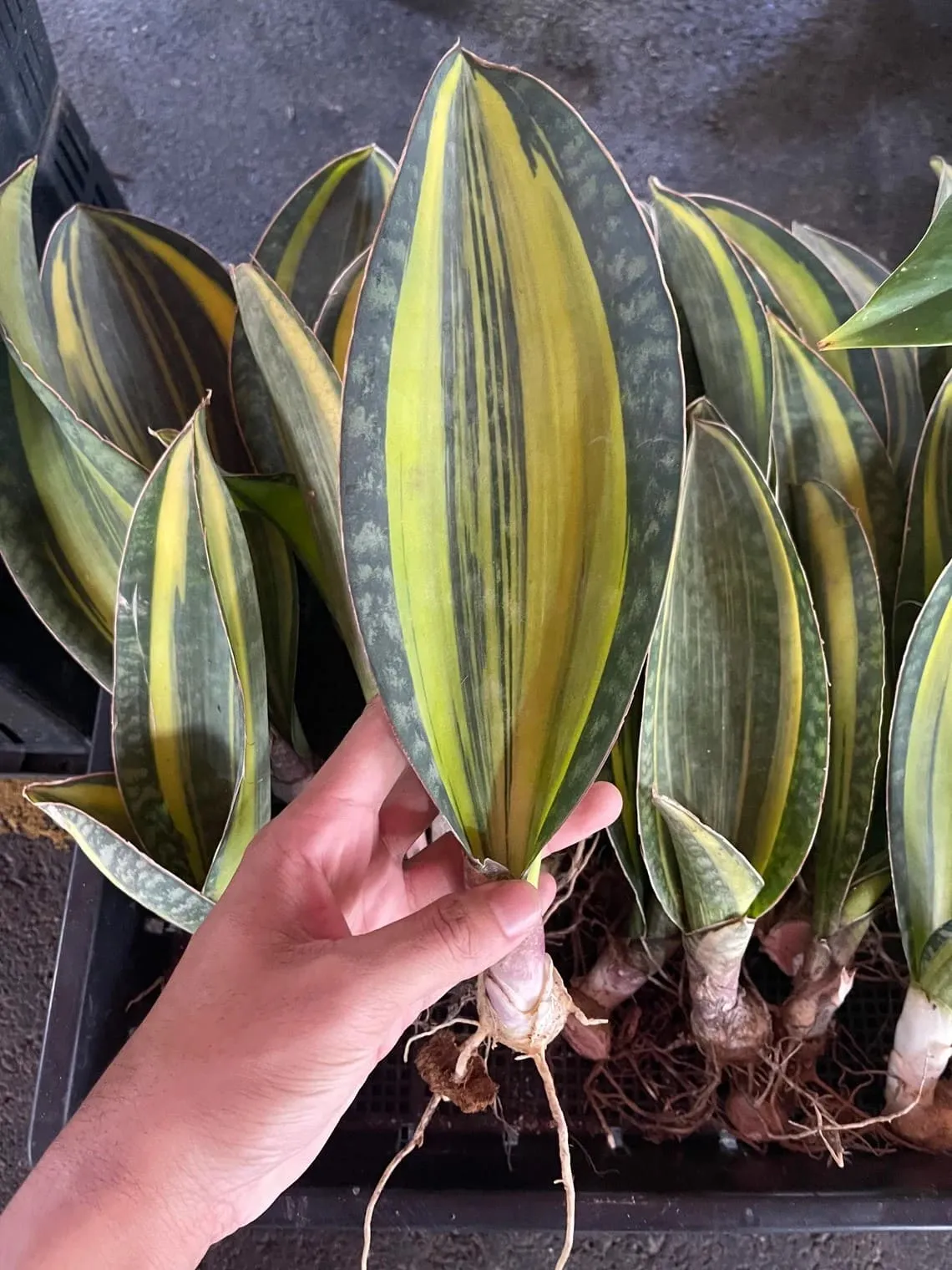
Benefits
As one of the top plants for filtering indoor air, the snake plant has many benefits:
- Removes airborne toxins like formaldehyde, benzene, and nitrogen oxide
- Thrives in low light and with infrequent watering
- Water only every 2-3 weeks
- Helps regulate indoor humidity
- Beautiful architectural shape
- Provides visual interest and greenery
The snake plant filters airborne toxins through its leaves and extensive root system. The large surface area enables it to absorb pollutants efficiently, storing toxins until they can be transpired and bioconverted into nutrients for the plant.
NASA studies have found snake plants to be among the top air filtering plants, removing around 88% of indoor air toxins within 24 hours. They also release oxygen at night, helping you breathe cleaner air while you sleep.
Ideal Conditions
Snake plants grow well in most indoor environments but prefer the following conditions:
- Bright to low indirect light
- Average home temperatures between 65-80°F
- Water every 2-3 weeks, allowing soil to dry between waterings
- Well-draining potting soil
- 6 hours of darkness each night
Avoid overwatering, as it may lead to root rot. Water less frequently in winter when growth slows. Dust the leaves occasionally to maximize light exposure. Divide rootbound plants or repot every 2-3 years in spring using cactus/citrus potting soil.
Sansevieria species are the most sought after by plant lovers
No product(s) found.
Peace Lily (Spathiphyllum wallisii)
Overview
With its gorgeous white blooms and ability to thrive in low light conditions, the peace lily is one of the most popular air purifying plants for indoor spaces. This low-maintenance tropical plant features lush green leaves and delicate white flowers resembling calla lilies. Not only does it add beauty and color to any room, studies have shown the peace lily is excellent at filtering out harmful benzene, formaldehyde, trichloroethylene and other volatile organic compounds (VOCs).
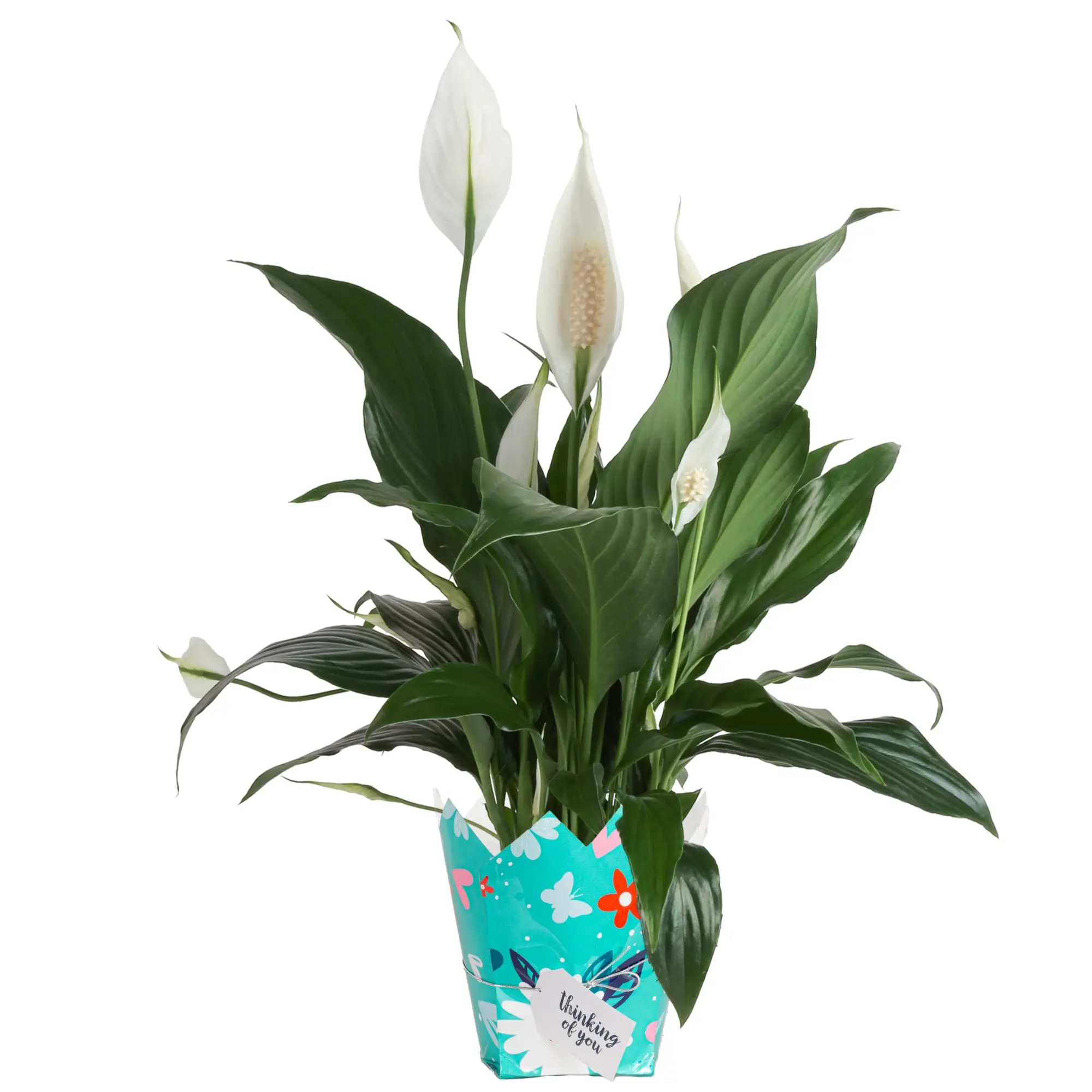
Benefits
Some benefits of the peace lily as an indoor air purifier include:
- Requires very little light or water to thrive
- Removes mold spores and airborne bacteria
- Neutralizes indoor toxins from cleaning solutions, varnishes, lacquers
- Humidity-loving, so great for dry indoor air
- Provides visual interest and softens room décor
- Blooms several times a year with proper care
Through leaves and roots, peace lilies absorb VOCs and break them down into non-toxic byproducts. Their large surface area enables them to filter significant volumes of indoor air, making rooms safer to breathe.
Studies by NASA and Wolverhampton University showed peace lilies to remove up to 60% of dangerous VOCs like benzene and formaldehyde within 24 hours. They also release moisture and oxygen, combating dry air.
Ideal Conditions
While quite resilient, peace lilies thrive best with:
- Medium to low, indirect sunlight
- Average room temperatures 65-80°F
- Moderate humidity around 40-50%
- Water when top inch of soil is dry
- Well-draining potting soil
Avoid direct hot sun which can scorch leaves. Water less frequently in winter during dormancy. Wipe leaves down every few weeks and repot annually in the spring to refresh soil nutrients.
Spider Plant (Chlorophytum comosum)
Overview
The spider plant, also known called airplane plant, hen-and-chickens, spider ivy or Chlorophytum comosum, is a popular houseplant native to tropical and southern Africa. This low-maintenance, versatile plant features arching foliage that forms a clump and sends out runners with baby spiderettes or “pups”. Their vibrant green-and-white striped leaves add a decorative accent to any indoor space while helping clean the air. Studies confirm spider plants absorb benzene, formaldehyde, carbon monoxide and xylene from indoor air.

Benefits
Some benefits of growing spider plants at home include:
- Extremely easy to grow and propagate
- Tolerates neglect, drought and various light levels
- Trailing habit offers versatility in arrangements/displays
- Helps reduce dust/irritants for allergy/asthma sufferers
- Striking green-and-white coloration
- Fun and easy way for children to observe plant reproduction
Spider plants remove gaseous pollutants through the stomata in their leaves during photosynthesis. As they absorb toxins like xylene, ammonia and formaldehyde from the air, they break them down into harmless byproducts that are transpired out. Their ability to grow quickly makes them efficient natural air filters.
In studies by NASA and other researchers, spider plants were able to eliminate around 90% of hazardous VOCs and carbon monoxide within 24 hours. They also release oxygen during the day and night.
Ideal Conditions
Spider plants grow well in typical household environments under these conditions:
- Bright indirect sunlight to partial shade
- Moderate indoor temperatures 65-80°F
- Water weekly or when soil is partly dry
- Good drainage/aeration
- Occasional pruning of old foliage
Avoid prolonged direct sun which can burn leaves. Reduce watering in winter during dormancy. Monitor for brown leaf tips as this indicates chemical buildup from tap water. Consider using distilled or filtered water.
Pothos (Epipremnum aureum)
Overview
With its iconic heart-shaped leaves and trailing vine habit, pothos is one of the most popular houseplants for decorating indoor spaces. Also called devil’s ivy, golden pothos or Epipremnum aureum, this tropical foliage plant is native to French Polynesia. Pothos requires minimal care and adapts well to various growing conditions like bright or low light. Studies confirm it effectively filters benzene, formaldehyde, trichloroethylene, xylene and other VOCs from indoor air.
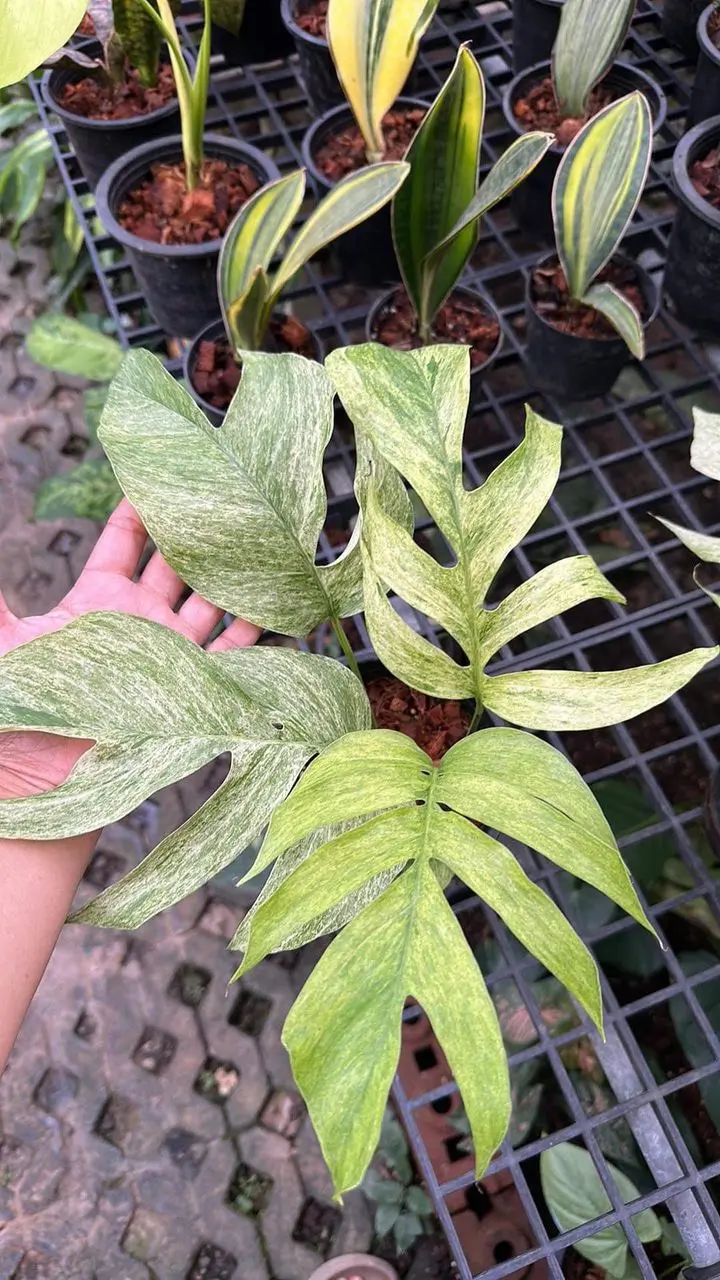
Benefits
Benefits of adding pothos plants to your home include:
- Exceptionally easy to grow in soil or water
- Trailing vines or climbing stems enhance décor
- Tolerates low light, low humidity, irregular watering
- Propagates easily from cuttings to create new plants
- Removes airborne mold, dust and allergens
- Helps lower background noise levels
Through its leaf pores and extensive root system, golden pothos absorbs and metabolizes air pollutants like formaldehyde and carbon monoxide. Toxins accumulate in plant tissue until transpired or used as growth nutrients. Pothos is considered one of the best houseplants for improving indoor air quality.
NASA studies ranked pothos among the top air purifying plants, removing up to 90% of VOCs in air within 24 hours. Pothos also releases oxygen during the day and nighttime.
Ideal Conditions
Pothos thrives in average room environments under these conditions:
- Moderate to low indirect sunlight
- Average temperatures between 60°-85°F
- Allow soil to partly dry out between waterings
- High-quality potting soil with good drainage
- Mist leaves every few weeks
Avoid direct sun which can scorch leaves. Reduce water and fertilizer during winter dormancy. Wipe leaves every month to prevent buildup and increase light exposure. Repot when root bound or every 2-3 years as the plant grows.
Where to buy pothos? Benefits from importing plants from Thailand
- Shipping: Door to door shipping, fast and safe with Dragon Courier
- Biodiversity: Thailand is known for its rich biodiversity, including a wide variety of aroid species. This diversity allows importers to access a broad range of unique and exotic aroid plants.
- Quality and Health of Plants: The suitable climate helps the plants grown here stay healthy and of high quality.
- Cost-Effectiveness: Due to favorable growing conditions and efficient production methods, Thai aroid plants can often be more cost-effective compared to those from other countries.
- Access to Hybrid Varieties: Thai growers are often involved in the development of new hybrid aroid varieties, offering unique plants that may not be available from other sources.
Pothos species are the most sought after by plant lovers
Monstera (Monstera deliciosa)
Overview
Commonly known as the Swiss Cheese Plant, Monstera deliciosa is celebrated for its unique, perforated leaves and easy-going nature. Native to the tropical forests of Central America, this plant has gained popularity for its striking appearance and air-purifying qualities. Monsteras are capable of removing toxins such as formaldehyde from the air, making them a functional and decorative addition to any indoor space.
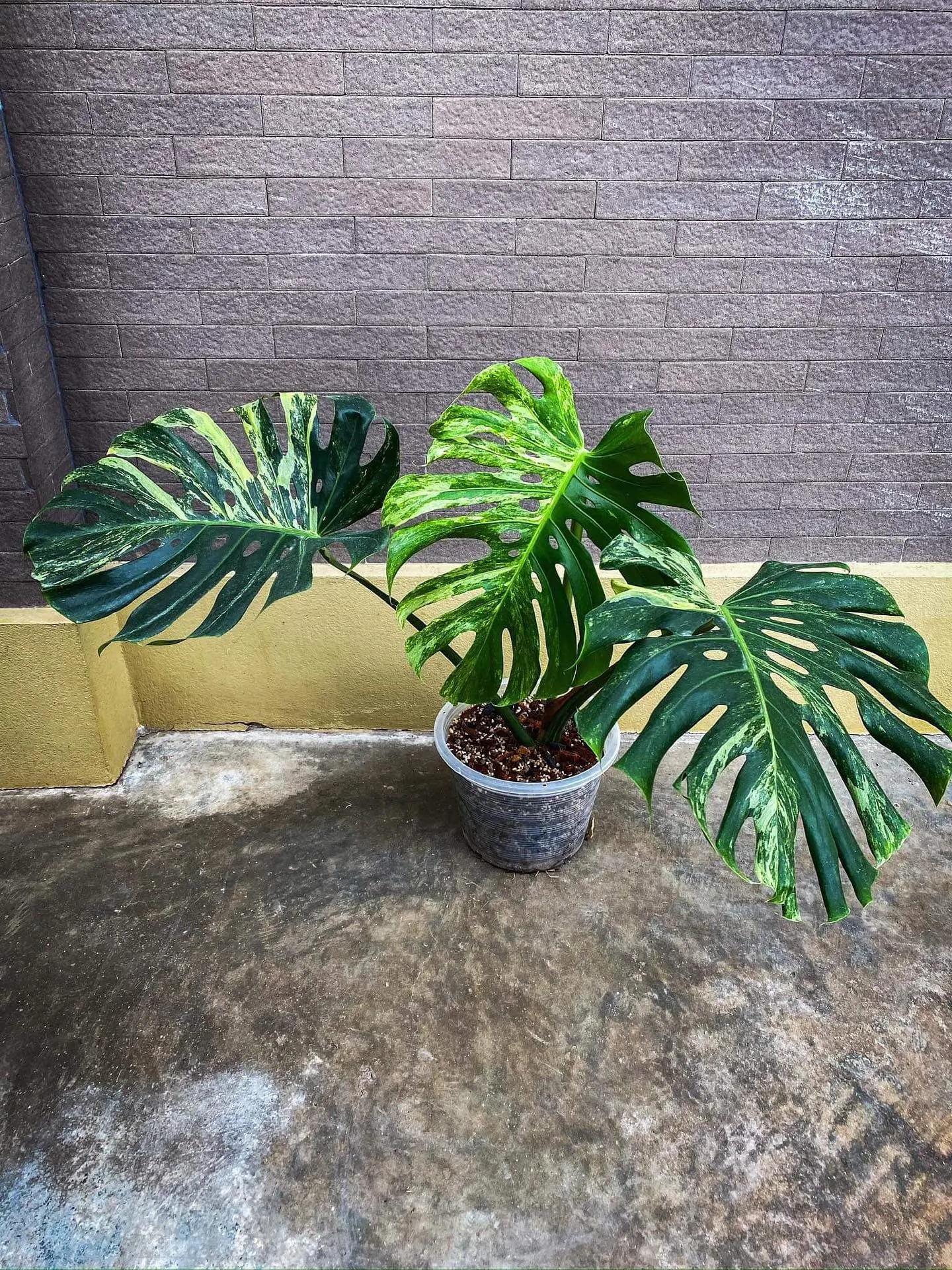
Benefits
- Acts as a natural air purifier by removing harmful toxins.
- Thrives in indirect light, making it ideal for indoor conditions.
- Requires moderate watering, allowing the soil to dry out between sessions.
- Adds a lush, tropical feel to home decor with its large, distinctive leaves.
- Can grow quite large, making a dramatic statement in any room.
Ideal Conditions Monsteras prefer conditions that mimic their natural tropical habitat:
- Bright to medium indirect sunlight.
- Temperatures between 65-85°F (18-29°C).
- Water when the top inch of soil feels dry to the touch.
- Well-draining potting mix to prevent waterlogging.
- Regular misting to maintain humidity around the plant.
Monstera species are the most sought after by plant lovers
Philodendron
Overview
Philodendrons are a diverse genus of plants known for their ability to adapt to the conditions of the indoor environment. With their wide variety of shapes, sizes, and colors, philodendrons are a favorite among houseplant enthusiasts. They are particularly adept at absorbing xylene, benzene, and other harmful chemicals from the air, making them not only visually appealing but also beneficial for indoor air quality.

Benefits
- Efficiently purifies air by absorbing and neutralizing indoor toxins.
- Wide range of varieties offers versatility in appearance.
- Easy to care for, suitable for beginners.
- Can be grown as hanging or climbing plants, adding dynamism to interior decorations.
- Promotes a relaxing and natural atmosphere in living spaces.
Ideal Conditions Philodendrons flourish under the following indoor conditions:
- Moderate to bright, indirect light for vibrant growth.
- Temperatures between 65-78°F (18-25°C).
- Watering when the top inch of soil becomes dry.
- A well-draining soil mixture to avoid root rot.
- Occasional misting to increase humidity, especially for tropical varieties.
Philodendrons species are the most sought after by plant lovers
ZZ Plant (Zamioculcas zamiifolia)
Overview
Native to Eastern Africa, the ZZ plant is an exotic-looking indoor plant known for its tolerance of neglect. Also called Zamioculcas zamiifolia or “Zanzibar gem”, ZZ plants produce thick underground rhizomes for storing water and nutrients in drought conditions. This allows them to easily tolerate low light, sparse watering, temperature fluctuations and other challenges in the average home. In addition to being extremely resilient, ZZ plants have been shown to improve indoor air quality by removing toxins like benzene, formaldehyde and trichloroethylene from the air.

Benefits
Benefits of adding ZZ plants to indoor spaces include:
- Extremely tolerant of drought, shade and temperature swings
- Requires very little water, light or care to thrive
- Unusual leaf shapes add visual interest to rooms
- Helps moderate background noise levels
- Excellent at absorbing VOC gases like xylene and formaldehyde
- Cleanses indoor air of mold, bacteria and airborne allergens
The ZZ plant purifies air through its leaves and substantial root system below soil. Toxins and volatile compounds present in furniture, flooring, cleaning products and other synthetic indoor materials get absorbed by ZZ plant tissue. Through transpiration and photosynthesis, impurities get metabolized and broken down into harmless byproducts. This makes it one of the best low-maintenance air filtering plants.
Studies found ZZ plants eliminated 87% of airborne VOCs like xylene and ammonia within 24 hours. They also release oxygen during the day.
Ideal Conditions
ZZ plants do best with:
- Low to medium indirect sunlight
- Average room temps 65-80°F
- Water every 2-3 weeks allowing soil to partly dry out in between
- Well-draining potting mix
- Dust leaves every few weeks
Avoid overwatering or soggy soil that can cause root rot. Water minimally in winter during dormancy period. Repot every few years in spring as plant grows bigger.
ZZ plants species are the most sought after by plant lovers
Aloe Vera (Aloe barbadensis)
Overview
Aloe vera is one of the most widely cultivated succulents in the world, well-known for its healing properties. Often called the “plant of immortality” because it propagates so easily, this ancient medicinal plant has been used topically for millennia to treat wounds, burns and skin conditions. In addition to its medicinal and cosmetic benefits, studies confirm aloe vera effectively removes benzene, formaldehyde and other VOCs from indoor air to create healthier living spaces.
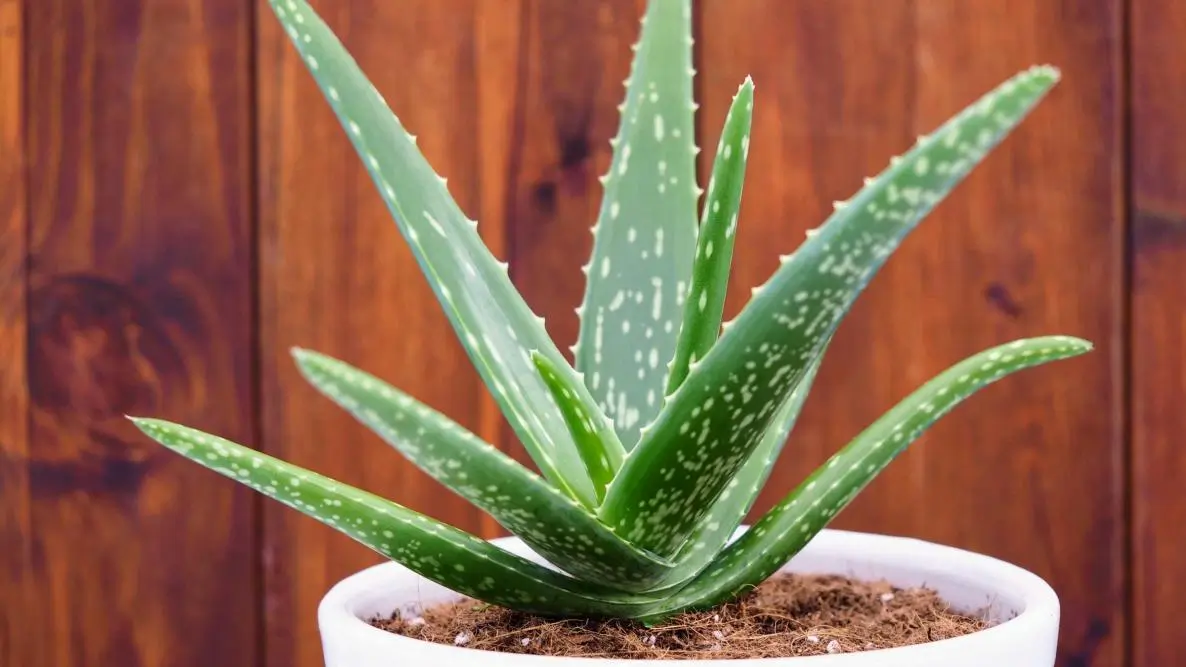
Benefits
Benefits of aloe vera houseplants include:
- Resembles a living sculpture with bold foliage
- Requires very little care, water or nutrients to thrive
- Propagates easily from offsets or cuttings
- Sap can be applied topically to soothe minor burns, cuts, inflammatory skin
- Absorbs and neutralizes benzene, formaldehyde and other VOCs
- Releases oxygen at night
Through its extensive root system and thick succulent leaves, aloe vera is able to absorb air pollutants like formaldehyde emitted from cleaning supplies, building materials and other household toxins. These VOCs accumulate in the plant’s tissues until they can be broken down and released as harmless byproducts during transpiration and normal growth processes.
According to NASA research, aloe vera plants can eliminate over 60% of benzene and formaldehyde from the air within 24 hours. They also give off oxygen at night, making them ideal in bedrooms.
Ideal Conditions
For best results, provide your aloe vera with:
- Bright indirect sunlight, especially in winter
- Average indoor temperatures between 65-80°F
- Allow soil to fully dry between infrequent waterings
- Well-draining cactus/succulent potting soil
- Dust leaves occasionally
Avoid overwatering which can quickly rot the roots. Water more sparingly in winter months or cooler conditions. Repot every 1-2 years in the spring, taking care not to damage shallow roots.
Conclusion
In conclusion, certain houseplants can significantly improve the quality of air inside modern homes and workspaces. Indoor living often traps volatile organic compounds (VOCs) emitted from furniture, cleaning/cosmetic products and synthetic building materials. Plants help remove these harmful toxins through transpiration and photosynthesis.
While houseplants alone cannot eliminate all indoor air pollutants, using a combination of air-purifying plants with proper ventilation, cleaning and air filtration devices can dramatically improve indoor air quality. Consider incorporating a variety of these plants at home or the office to boost health and wellness through improved air quality and added natural beauty.

